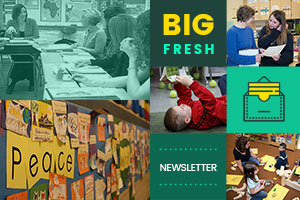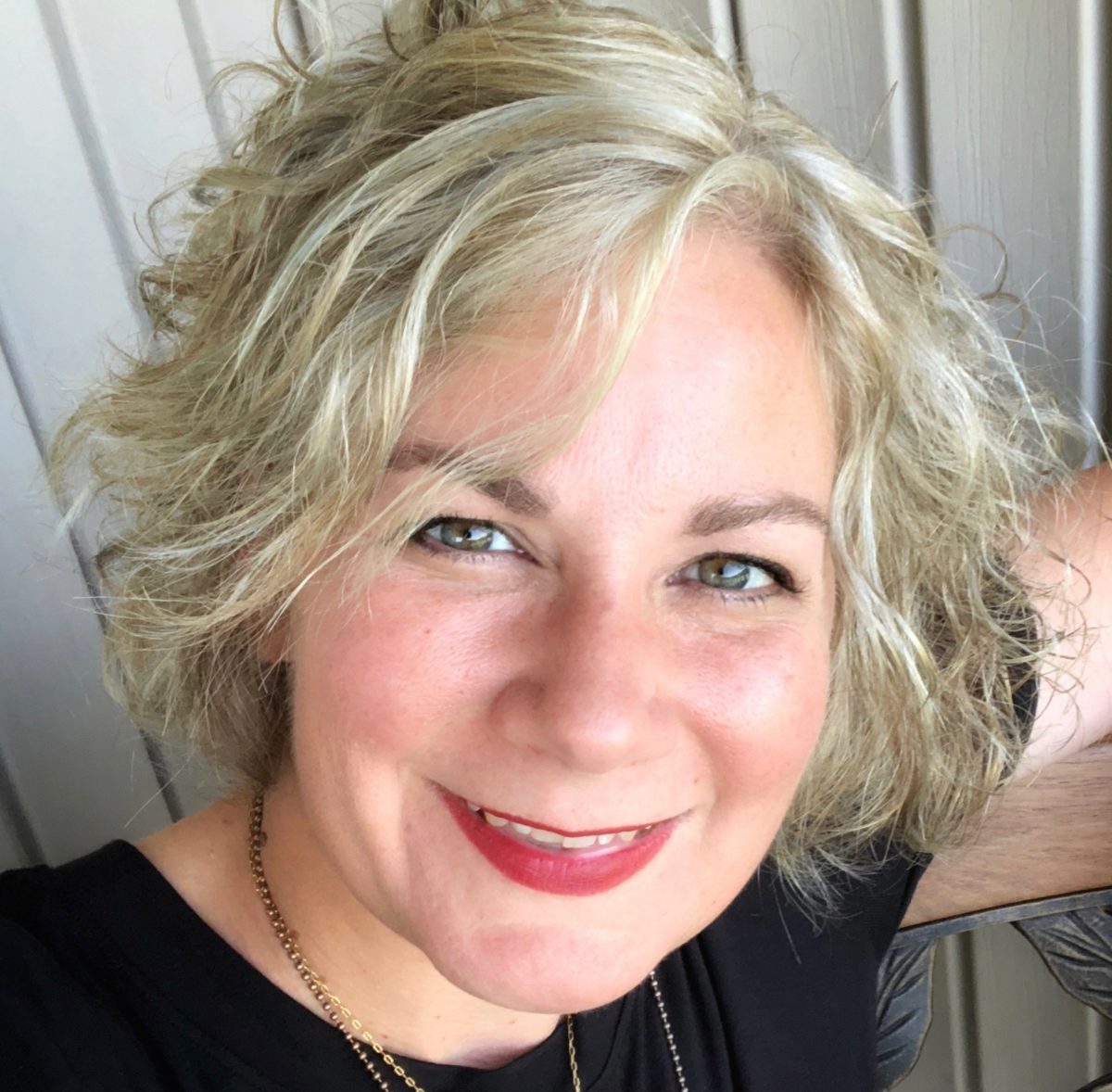Everything is held together with stories. That is all that is holding us together, stories and compassion.
—Barry Lopez
The Heart of Teaching Writers
I belong to a local chapter of P.E.O. International. The Philanthropic Educational Organization was founded by women to motivate, educate, and celebrate women. Each year there is a theme, and members take turns presenting a short program inspired by the theme.
This year’s theme is “Where the Journey Goes,” and back in the winter I signed up to deliver a program about writing. As is typical of my planning mojo, I spent months and months thinking, imagining, and spinning different ideas about the way the program could go. Then “suddenly” it was time, and I went with the thing that felt “right.”
I gathered my three published books and printed the cover of the new book I’m writing with Becca Burk. Connection First: Navigating Tricky Behaviors with Compassion is expected in 2026 (Routledge/Stenhouse). I marked a short passage to read from each book and decided to simply share the journey of how each book came to exist and how it influenced me.
I tamped back any feelings of insecurity and simply gave space for the story I rarely share to unfold. What I noticed was the opportunities for writing were brewed out of small, playful steps of being a person who writes. I stacked words in a notebook. I wrote an article for Choice Literacy and another one and another one. I consistently pushed “publish” on posts for a blog that became wildly popular.
I was not working my way through a checklist. I didn’t have a graphic organizer that promised a concise and thorough plan. I wasn’t even shooting for the dream of writing books.
I focused on living the quiet (and messy) life of being a person who writes… and I was encouraging others — teachers and students — to be people who write.
We’ve come a long way in what we know about how people learn to write since I wrote my first blog post about teaching writers more than 20 years ago. Sharing resources for teaching writers has boomed online… or, more accurately (unfortunately), resources for teaching writing have boomed online.
Everywhere I turn, there is a new promise or gimmick to get students to write. Here is what I know: There are no shortcuts to becoming a person who writes. There are no shortcuts in learning to use your words to make the world a better place.
I’m delighted to offer this issue about authentic writing experiences for students. I admire the pure way our Choice Literacy contributors follow their students and honor the individualized nature of the writing process. In a world where curriculum is becoming more structured and teaching writing is about pretty products, this issue reminds us of the heart of teaching writers—and there’s more, as always.
Shine on,
Ruth Ayres
Editor in Chief

Tara Barnett and Kate Mills start with the poem “Where I’m From” to build community through literacy at the start of the year.
Wondrous Words: Reimagining Writers and Writing in the Elementary Classroom (NCTE, 2025) has been released! Katie Wood Ray and Stella Villalba have lovingly revised this masterpiece about teaching writers. Make sure to check out the book website to find free videos of Katie and Stella working with students.

New members-only content is added each week to the Choice Literacy website. If you’re not yet a member, click here to explore membership options.
Our student writers deserve to have authentic audiences. Tara Barnett and Kate Mills share two opportunities for authentic peer audiences for finished writing pieces in school. Finding space and time for student writing to be seen and heard by their peers in meaningful ways is essential.
VIDEO | Mandy Robek offers a unique and powerful approach to community supplies in her classroom.
In this final installment of the “Hidden Lessons” series, Gretchen Schroeder turns to perhaps the most complicated question of all: To what extent are we in control of who we become? It’s a question that touches on issues of identity, personal responsibility, outside influence, and human nature, all of which are especially relevant during adolescence. Gretchen includes another booklist to support this conversation.

New members-only content is added each week to the Choice Literacy website. If you’re not yet a member, click here to explore membership options.
Gwen Blumberg is a beekeeper, and when her bees began swarming, she sprang into action to save her hive. In this reflective essay, Gwen recognizes how, as educators, we face the unexpected daily. If unexpected situations leave you feeling unsettled, you’ll find Gwen’s tips exactly what you need to move forward.
The phrase “design for the edges” is about creating more inclusive and welcoming spaces for all students. Matt Renwick pushes us to consider what this looks like in classrooms where all readers and writers are honored.
In this “Picture It,” discover the power of naming the intentional moves of student writers and displaying their strengths for all to see.
Quote It:
Writing is an act of discovering what you think and what you believe.
—Dan Pink
That’s all for this week!



